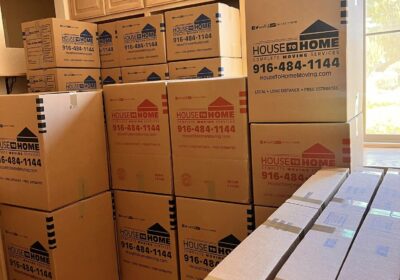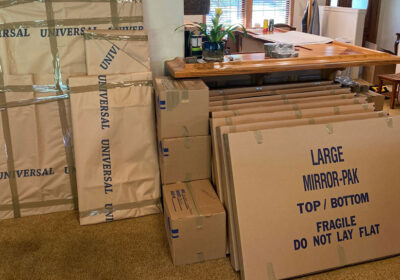 The key is to keep your plants secure while making sure they have enough oxygen to breathe. It’s best to avoid packing plants in your trunk, as the airflow is limited. Contrarily, you don’t want to pack your plants in a pickup truck, as the wind will get the best of your plants. If you do have to transport your plants in an open vehicle, place a sheet over them to prevent damage.
The key is to keep your plants secure while making sure they have enough oxygen to breathe. It’s best to avoid packing plants in your trunk, as the airflow is limited. Contrarily, you don’t want to pack your plants in a pickup truck, as the wind will get the best of your plants. If you do have to transport your plants in an open vehicle, place a sheet over them to prevent damage.
If your plants are particularly tiny, cardboard boxes with dividers are a great way to keep them in place. For lots of little plants, wine glass boxes are a great choice. If you have slightly larger plants, you can simply nestle them in a box with some newsprint. Be sure to keep the box open to let the plants breathe. If you have to shut it, do so loosely and poke some holes in the box to let air inside.
If your plants are too big to fit in standard boxes, you can place the base of the plant in a trash bag to avoid soil spillage. To prevent the plant from shifting around, wrap the base in an old sheet or towel. For extra security, you may want to buckle up your plants or fasten them with a bungee cord. Depending on the length of your journey, taller plants might end up tilted or uprooted. If this occurs, simply replant them once you get to your new home.
If you want to know how to move plants long-distance, it’s worth looking into shipping your plants. Once again, you’ll have to look into the restrictions on shipping live plants into another state. Shipping is a better option for sturdier plants like succulents, as the risk for damage can be high. When choosing a shipping company, try to determine who will ship your plants quickly and safely.



